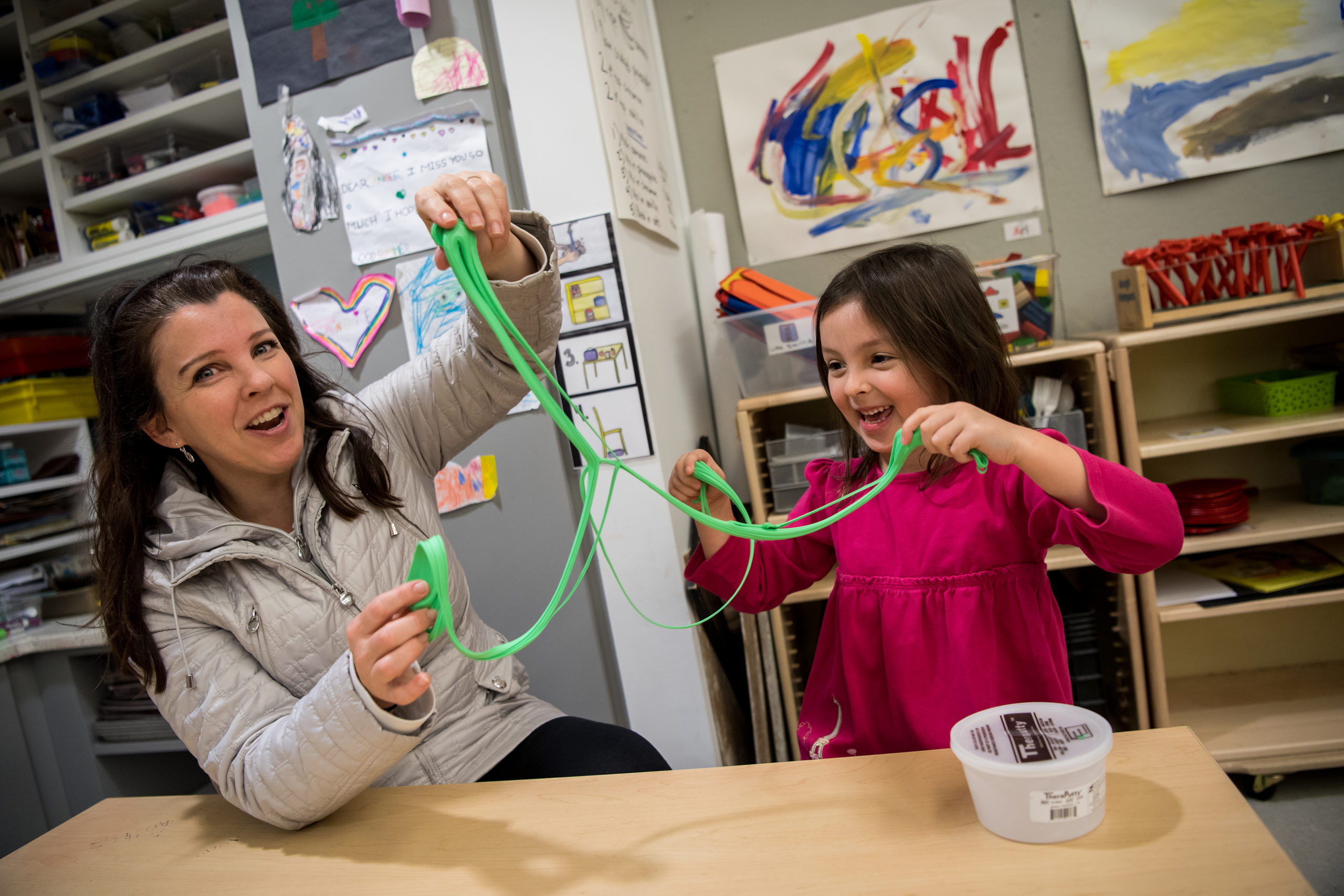Increasing levels of carbon dioxide in our atmosphere is one of the leading causes of climate change. In fact, according to a report from the National Oceanic and Atmospheric Administration (NOAA), global average atmospheric carbon dioxide hit an all-time high in 2022.
Even if we were to reduce emissions as fast as possible, we’d still reach catastrophic temperatures that are 2-4 degrees above historical levels. Thus, it is not enough to just reduce emissions, we need to actively be removing carbon dioxide in a safe and effective way—which is exactly what the Coastal Carbon Capture Development Fund and its counterpart, Vesta (a Public Benefit Corporation), are doing.
Solution: Expediting Nature’s Carbon Removal Process
Joining the New Venture Fund in 2021, the Coastal Carbon Capture Development Fund is fiscal sponsor to Vesta, which is comprised of a team of 13 academics and 30 full time staff researching the safest and most efficient ways to remove carbon dioxide from the atmosphere. The team has expertise across multiple disciplines—including ecology, technology, coastal engineering, logistics, permitting, community engagement, geomorphology and geochemistry. Their unique approach is enabling scientific collaboration that is not normally found in traditional academia.
The Vesta team have found a way to expedite the earth’s natural carbon removal process in a way that treats both the root cause and mitigates symptoms of climate change—carbon removing sand made of the natural mineral olivine. Vesta has built on an existing body of research and has shown the promise of carbon-removing olivine sand. In their process, olivine is ground into a sand, which then dissolves in seawater to generate new alkalinity. This reduces harmful ocean acidity and removes carbon dioxide from the atmosphere – at a fraction of the time of the natural geological process. In doing so, the process can treat both the root cause, and mitigate symptoms of, climate change.
The Vesta team took the previous 30 years of academic research on this approach, and is developing the technology needed to pilot and implement this process in coastal areas and marshlands.
Piloting Carbon Removal
Vesta held its first pilot programs in 2022, launching the world’s first ever Coastal Carbon Capture field pilot in Southampton, New York.
Like many coastal towns, the town of Southampton, NY experiences coastal erosion. The town had planned a shoreline protection project to bring in 10,000 cu yards of locally dredged sand to replenish the coastline. The Vesta team added in 500 cubic yards of their carbon-removing olivine sand to the project. At this This site is projected to remove about 500 tons of carbon dioxide from the atmosphere over its lifetime.
Not only does the olivine sand remove carbon dioxide from the atmosphere, but it also reduces harmful ocean acidity and can help protect coastal communities and ecosystems from the erosive effects of sea level rise. This method is also highly permanent, as the carbon is safely stored in seawater for up to 100,000 years. With trillions of tons of olivine naturally existing in the world, this could become the cheapest carbon removal solution with the largest impact. At scale, the process could cost less than $35 per tonne of carbon removal, and the solution has the potential to remove over 1 billion tons of carbon dioxide per year.
Community-Based Solutions
The team at Vesta is not only seeing positive removal results from the pilot programs, but also proof that this method of carbon capturing is ecologically safe for the surrounding environments. The involvement of local environments and communities is of high importance to Vesta.
Vesta believes strongly that “in order for climate solutions to really scale, both climate and community has to win,” said Kelly Erhart, Co-Founder.
Vesta works to develop place-based and culturally specific programming, give-back programs, and engage in a participatory governance approach—all pilot programs require local, state and federal permitting. Vesta engages with the community to understand local perceptions around carbon removal and prioritizes equitable engagement around their pilot sites.
For example, with proceeds from the pilot programs, the Vesta team worked with the community near their lab in the Dominican Republic to co-design a training workshop to help underserved community members to create new textile businesses.
According to Erhart, Vesta will “continue advancing and integrating their social science work because of how important it is to have real equity in the climate space.”
A Growing Partnership
The Vesta team began their work in 2019 at a different fiscal sponsor, which they quickly outgrew. They needed a fiscal sponsor that could handle the high volume of grants, research partnerships and sophisticated collaboration their work requires, and this led them to NVF, where the Coastal Carbon Capture Development Fund was founded.
Since their founding in 2019, the team has raised over $10 million in philanthropic funds, and NVF’s model has allowed them to continue this growth and achieve their impact.
“NVF enables us to have a model for us to fund important, open-source, foundational scientific research, which is necessary to advance Coastal Carbon Capture towards its full potential: gigatonne scale, permanent carbon dioxide removal,” said Erhart. “NVF has valuable experience in this space and understands the positive impact of our model. They’ve helped ensure we’re following all necessary processes and are a mature and capable sponsor for us.”
Further Advances
Coming off the success of the pilot programs thus far, Vesta is in their second field season, and also has a bigger pilot planned in 2024. This upcoming pilot project is intended for a coastal area in North Carolina, with 7,000 cubic yards of olivine sand planned for placement.
Working on a larger scale than the current pilot sites, the team has a greater opportunity to study the potential of Coastal Carbon Capture at this site, advancing them towards their future large-scale impact. This is just the start for Vesta.
Erhart explains that the pilot programs are helping remove carbon dioxide from the atmosphere, as well as “advancing the field of ocean-climate restoration by furthering scientific and public understanding of Coastal Carbon Capture so that we can begin thinking about how this scales to be a meaningful climate solution.”



